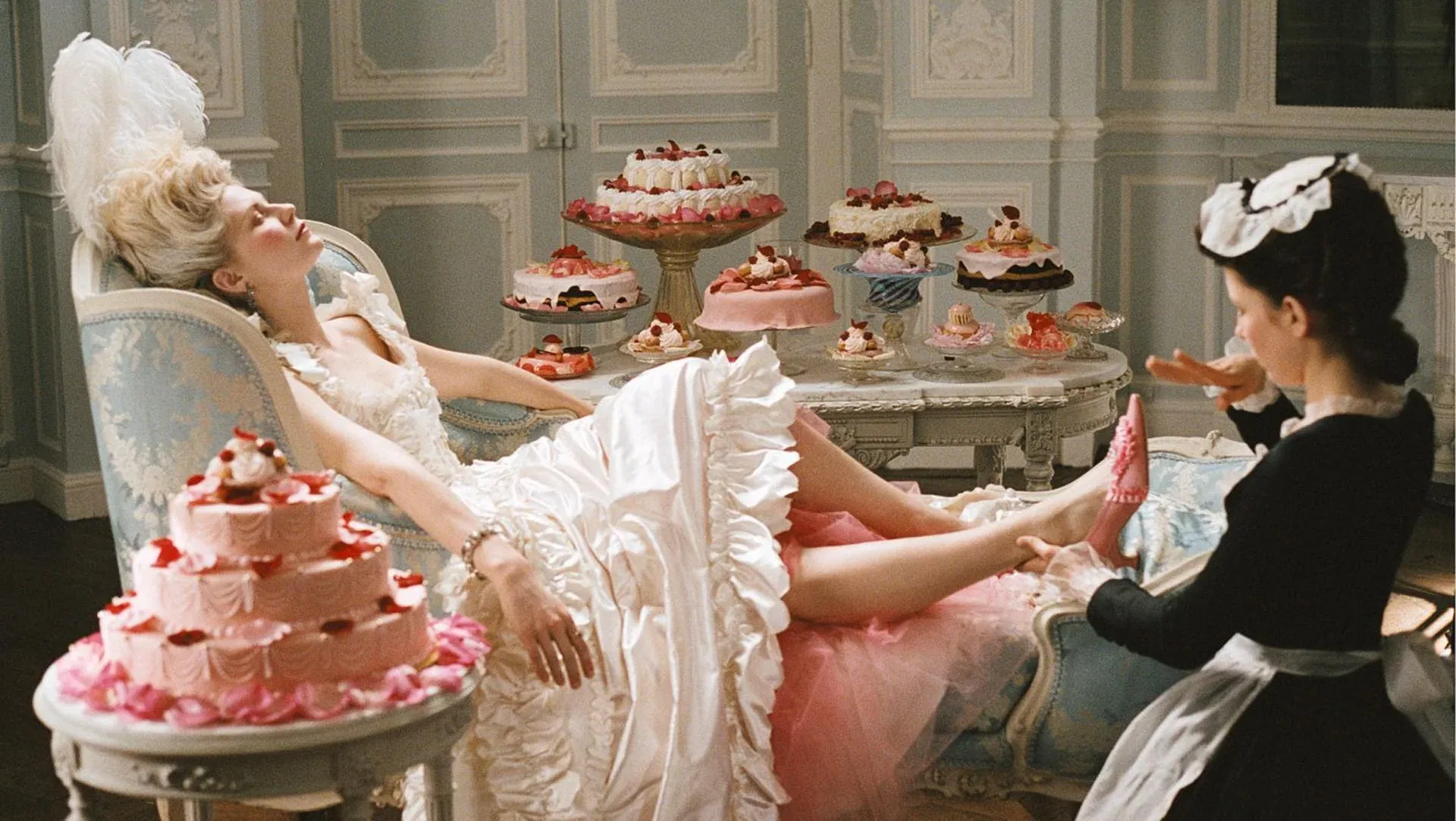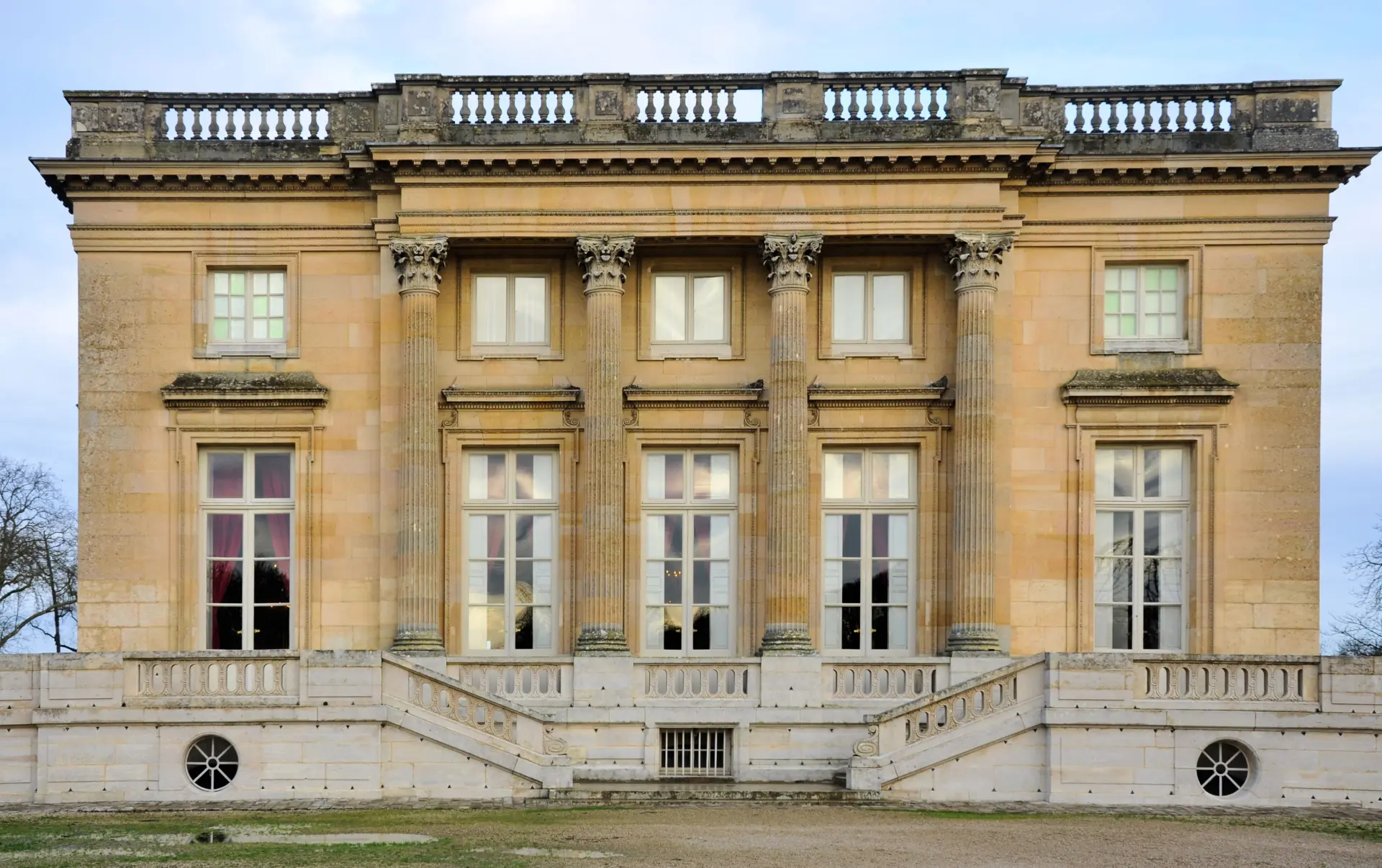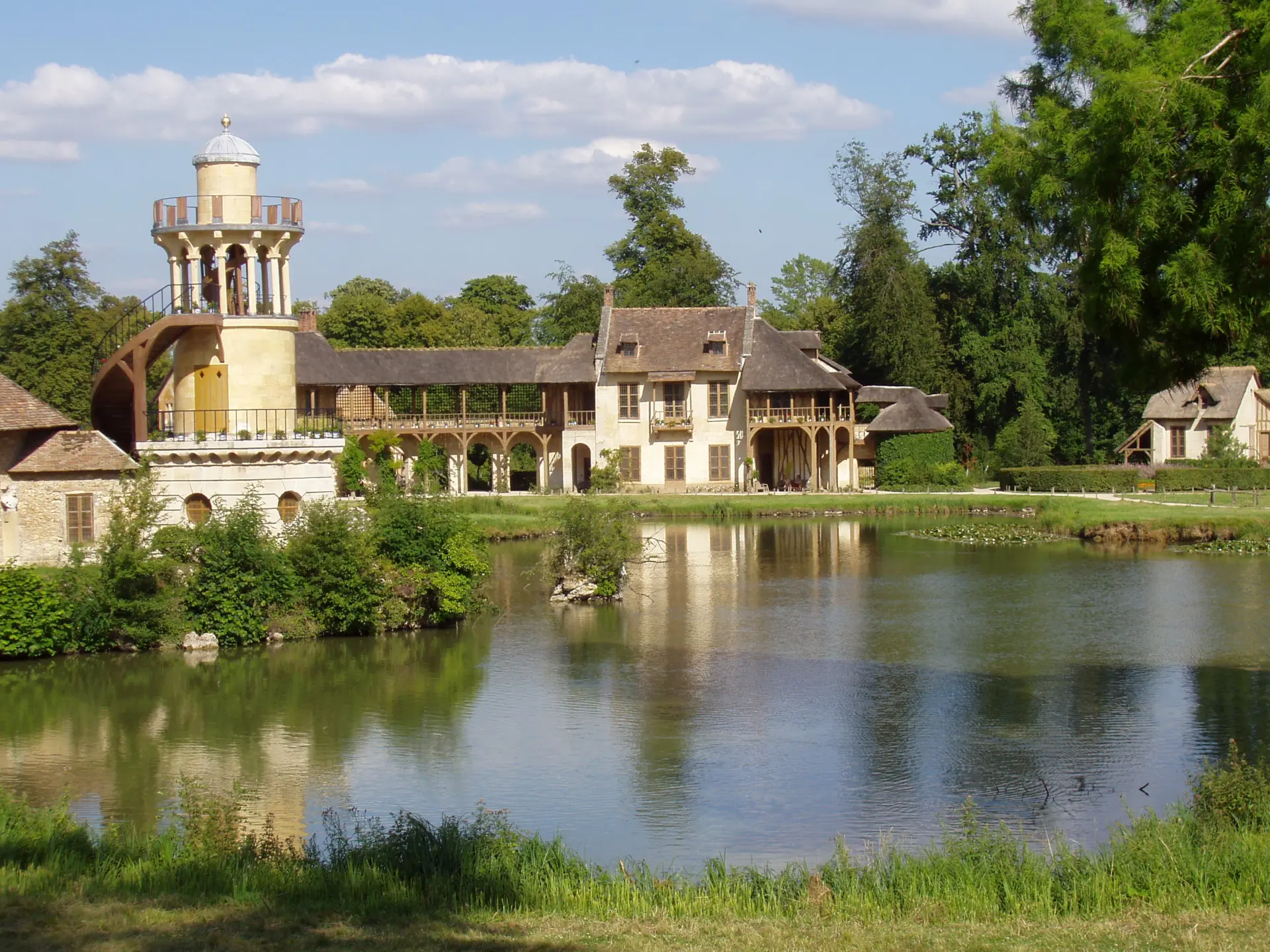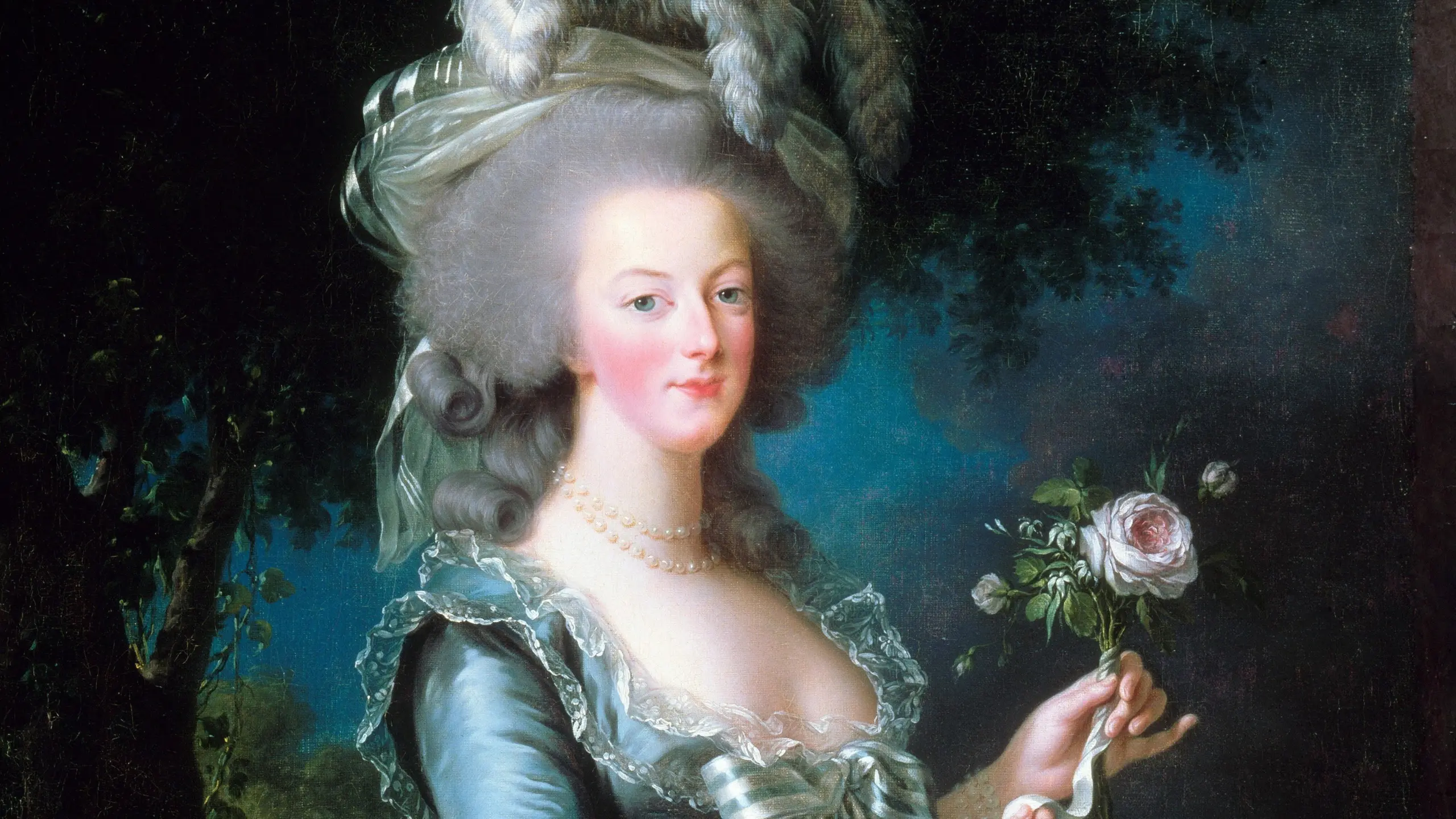Bonjour, lovely readers! Today, we’re delving into the life of one of history’s most fascinating figures: Marie Antoinette, the last queen of France before the French Revolution. Known for her extravagance and style, she has often been misunderstood, but her story is one of intrigue, influence, and tragedy. Let’s unravel the life and legacy of this iconic queen and her connection to the grandeur of Versailles.
The Early Years – From Austria to France
Born in 1755 as the Archduchess of Austria, Marie Antoinette was the youngest daughter of Empress Maria Theresa and Emperor Francis I. At just 14, she was sent to France to marry the future King Louis XVI, cementing an alliance between Austria and France. Her early years at the French court were challenging, as she struggled to adapt to the rigid customs of Versailles and win the favor of the French people.
Life at Versailles – The Queen of Fashion and Extravagance
As queen, Marie Antoinette became a trendsetter, known for her elaborate hairstyles, lavish gowns, and love of luxury. She transformed court life with her personal flair, commissioning works from leading artists and designers. Her extravagant lifestyle earned her the nickname “Madame Déficit,” as critics blamed her for France’s financial troubles.

Marie Antoinette’s private world centered around the Petit Trianon, a charming palace within the grounds of Versailles gifted to her by Louis XVI. Here, she sought refuge from the formalities of court life, surrounding herself with close friends. She also created the Hameau de la Reine, a rustic hamlet where she played at being a simple countrywoman, indulging her romanticized vision of pastoral life.


The Revolution and Fall of the Monarchy
The late 1780s saw rising discontent in France, with widespread poverty and political unrest leading to the French Revolution. As public opinion turned against the monarchy, Marie Antoinette became a scapegoat for the nation’s woes. Her alleged statement, “Let them eat cake” (which she likely never said), became symbolic of her perceived indifference to the plight of ordinary citizens.
In 1789, the royal family was forced to leave Versailles and move to the Tuileries Palace in Paris. By 1791, their attempt to escape France failed, further diminishing their support. Marie Antoinette and Louis XVI were eventually imprisoned and, after a series of trials, both were executed by guillotine in 1793.
Legacy and Cultural Impact
Though her life ended in tragedy, Marie Antoinette’s legacy endures. She remains a cultural icon, her image immortalized in art, film, and literature. Her story reflects both the grandeur and fragility of absolute monarchy. Today, her life and times continue to captivate, offering a glimpse into the splendor of Versailles and the tumultuous history of revolutionary France.
Practical Tips for Exploring Marie Antoinette’s Versailles
- Petit Trianon and Hameau de la Reine: Explore these intimate spaces to get a sense of her personal tastes and escape from court life.
- Marie Antoinette’s Portraits: The Hall of Battles at Versailles features portraits and artifacts from her reign.
- Guided Tours: Many tours at Versailles offer a special focus on Marie Antoinette, delving into her daily life and significant events.
Final Thoughts
Marie Antoinette’s life was a rollercoaster of luxury, influence, and eventual downfall. Visiting her beloved Versailles allows you to step into her world, experiencing both the grandeur and humanity of one of history’s most iconic queens. Whether you’re intrigued by her opulence or moved by her tragic end, her story remains a captivating chapter in France’s rich tapestry.
Until next time, stay bubbly and keep exploring! ✨👑
Xoxo,
Bubbly 🎈

